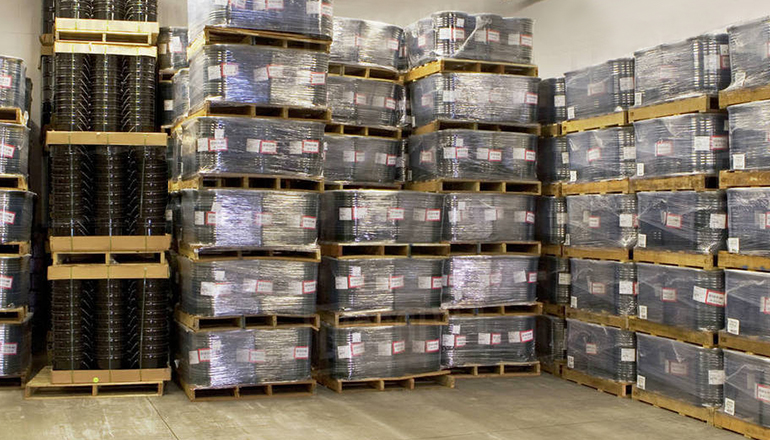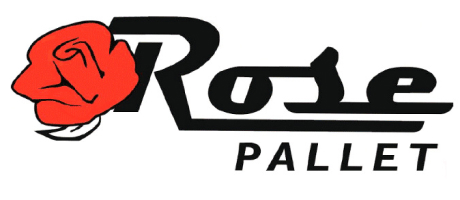How to Be Prepared for Mold Season
We get it, spring is still 32 days away. But it’s never too early to start talking about heat and humidity. No, not how it affects your hair; rather, how it impacts your pallets. That’s right—mold. We all know it leads to wood rot and destroys pallets. So what can you do about it? Continue reading…

With pallets in short supply, it’s critical to protect the ones you do have. And as we transition from winter to spring (otherwise known as mold season), it’s important to be mindful of the potential for mold contamination. Take the first step and consider the following questions:
Is it mold? Before you panic, determine whether your pallet is, indeed, affected. You’ll know it’s mold if the discolored areas can be brushed off or smeared. If the discolored area cannot be removed, it is more likely blue stain rather than mold.
What type of lumber are my pallets made of? Dried lumber with less than 20% moisture content is best for preventing mold. Kiln-dried pallets, typically made from softwood, can be designed to deliver comparable service as hardwood without the same risk of contamination from mold.
What is the timeframe between pallet delivery and storage? Pallets should be quickly unloaded and placed into dry storage. If allowed to sit at length in a dark and humid trailer, pallets can quickly become a breeding place for mold.
Where are my pallets stored? Check to ensure that your storage area is dry. Even just a little dampness or brief exposure to rain can be enough for fungus to germinate and produce spores on the surface. If you must store pallets outdoors, arrange pallets in the direction of prevailing winds to improve airflow. Indoors, select a well-ventilated area and allow adequate spacing between rows to facilitate ventilation. Whether indoors or outdoors, floor or ceiling fans can also help to circulate air.
How are my pallets stored? If you are storing pallets directly on the ground or floor, stacks may soak up water from a nearby spill or puddle. It’s best to elevate pallet stacks if possible.
For more information on pallet mold season as well as prevention or remediation treatment, please contact the pros at Rose Pallet.












